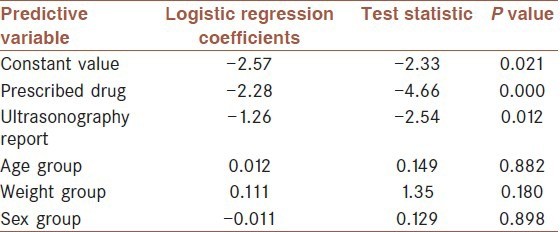Morphine and Tylenol (acetaminophen) are both pain relievers, but they work differently and have vastly different strengths. Morphine is an opioid, a class of drugs known for their potent pain-relieving capabilities. Tylenol, on the other hand, is a non-opioid analgesic that works to reduce fever and mild to moderate pain. This article will explore the key differences in strength and application between these two medications.
Understanding the Difference in Pain Relief Mechanisms
Morphine: Morphine acts on opioid receptors in the brain and spinal cord, blocking pain signals and altering the perception of pain. It’s highly effective for severe pain, such as that experienced after surgery, trauma, or with conditions like cancer.
Tylenol: Tylenol works by inhibiting the production of prostaglandins, chemicals in the body that cause pain and inflammation. It’s effective for relieving headaches, muscle aches, fever, and other mild to moderate pains.
Comparing Strength: Morphine vs. Tylenol
Morphine is significantly stronger than Tylenol. It’s often used to manage pain that Tylenol cannot effectively address. While there isn’t a direct numerical comparison of their strength, the following points illustrate the difference:
- Prescription Required: Morphine is a controlled substance requiring a prescription due to its potency and potential for addiction. Tylenol is available over-the-counter.
- Pain Severity: Morphine is reserved for severe pain, while Tylenol is used for mild to moderate pain.
- Dosage: Morphine dosages are carefully calculated based on individual needs and pain levels. Tylenol dosages are generally standardized.
 graph comparing pain relief of morphine and acetaminophen
graph comparing pain relief of morphine and acetaminophen
Source: Logistic regression analysis of factors affecting renal colic pain
A Case Study: Renal Colic Pain
A study conducted at Al-Zahra Hospital in Isfahan, Iran, compared the effectiveness of intravenous morphine and acetaminophen for treating renal colic pain. The study found:
- Morphine provided greater pain relief: Patients receiving morphine experienced a more significant reduction in pain compared to those receiving acetaminophen.
- Morphine had more side effects: Morphine was associated with a higher incidence of dizziness and hypotension (low blood pressure).
Source: Frequency of side effects caused by morphine and acetaminophen
This research, along with other studies, highlights that while morphine offers superior pain relief, it comes with a higher risk of side effects. Acetaminophen offers a safer alternative for managing less severe pain.
Conclusion: Choosing the Right Pain Reliever
The choice between morphine and Tylenol depends entirely on the severity of pain and individual patient factors. Morphine is a powerful option for severe pain management but requires careful medical supervision. Tylenol is suitable for mild to moderate pain and readily available. Always consult with a healthcare professional to determine the appropriate pain relief strategy for your specific needs. They can assess your pain, medical history, and potential drug interactions to recommend the safest and most effective treatment.
